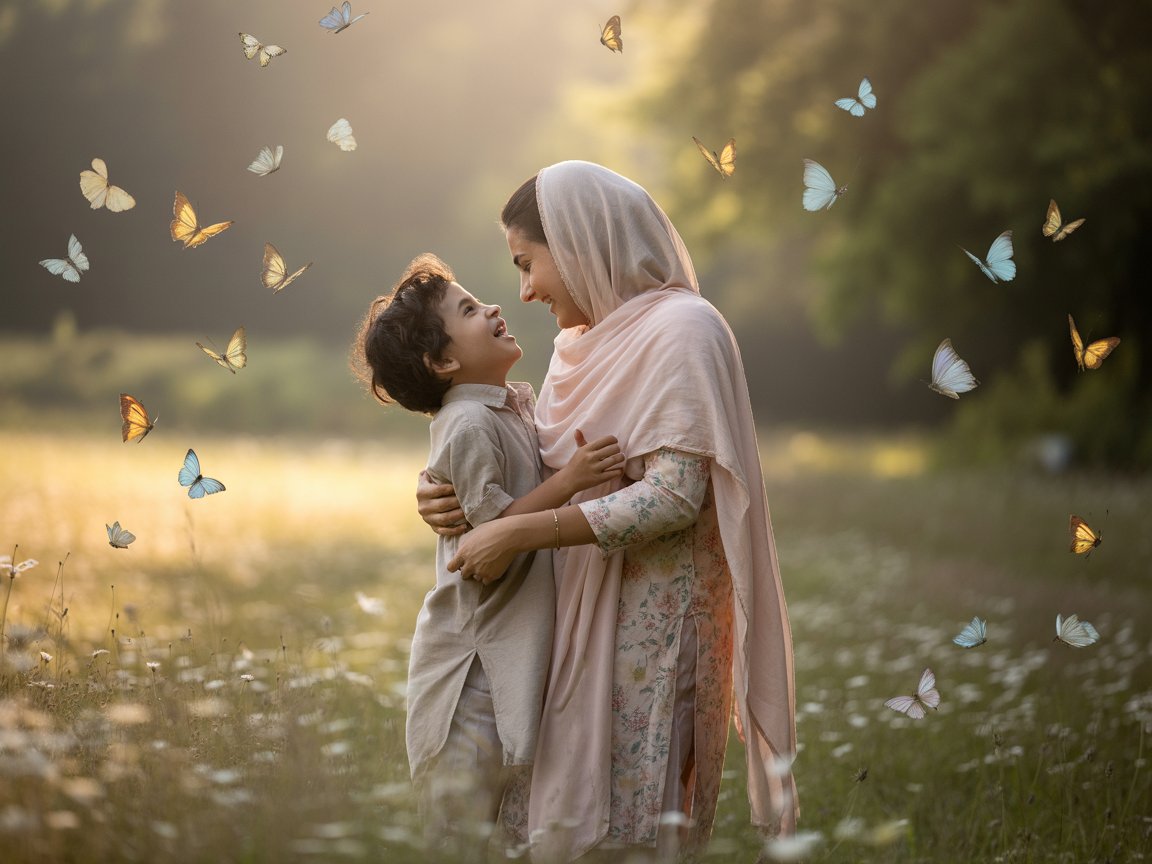The child was just three days old when his mother was told he had methylmalonic acidemia, a rare and serious genetic condition. A rare disorder in which toxins accumulate in the body, leading to damage to various organs, and even death. Without strict dietary control, special supplements, and constant medical monitoring, long-term survival is not possible for such children. His mother quickly became the anchor of his care, learning everything she could, following every instruction from the doctors. She did everything right, from measuring feeds to giving medicines and making sure nothing slipped through the cracks.
For the first eight months, that effort paid off. The boy had only a few metabolic crises that needed hospital admission, and each time he improved quickly with treatment. But after eight months, the tide began to turn. The metabolic crises came more often, once every 10 to 14 days, and unlike before, they no longer responded as well to medical care. He had to be hospitalised for more than a week each time for his recovery, only to land again in emergency after a week with an even more severe metabolic crisis. His body was struggling, and his doctors understood that without a liver transplant, his future would be painfully short.
The doctors explained to the mother that a liver transplant was the only way out if her child was to survive. She had financial constraints, however she was determined. She began raising money through an online fundraiser, and all of us contributed what we could, but the amount was still far from enough. Our hospital did not have a pediatric liver transplant program, which meant the surgery would have to be done at a private centre.
Then, in a twist of fate, a tweet by me about the boy’s plight caught the attention of a renowned liver specialist from Kerala. He reached out, offering a possible path forward. He offered the transplant at a minimal cost; however, he was working at a centre which was 3,000 kilometers from their home. And in India, language, culture, and food habits change with every 200 miles.
This path meant more than just a medical decision; it meant leaving home for a completely different part of the country. The language was different, the food was different, and the culture was different. For a mother who had never stepped into that world, it meant placing her child’s life entirely in the hands of strangers. And not just for a routine surgery, for an extremely high-risk procedure.
She spoke with the liver specialist and the transplant surgeon. The conversations were long, honest, and without false comfort. They explained that her blood type was different from her child’s, making her the only possible donor but also creating a major compatibility challenge. This would have to be an ABO-incompatible transplant, a surgery with higher risks and fewer precedents in children with his condition. There were vaccines to be given, immunosuppressive protocols to follow, and a long, unpredictable recovery ahead.
This is where trust becomes everything. Some parents might have walked away, deciding the unknown was too risky. Some doctors might have said no, fearing complications, criticism, or even lawsuits if things went wrong. But here, both sides leaned in. The mother took a leap of faith. The doctors trusted their science and their experience. And the journey to Kerala began.
The surgery went ahead. What followed were four relentless months of challenges: acute metabolic crises, post-surgical leaks, and infections. Each day brought new hurdles. The doctors worked under unyielding pressure, adjusting treatment plans, thinking on their feet. For months after the surgery, there were moments when it seemed the fight might be lost. Complications stacked one after another, and days when hope itself felt like a fragile thread. As the character Gwen Stacy once said in The Amazing Spider-Man 2, “It’s easy to feel hopeful on a beautiful day like today, but there will be dark days ahead of us too. There will be days when you feel all alone, and that’s when hope is needed most. Keep it alive. No matter how buried it gets, or how lost you feel, you must promise me that you will hold on to hope.” Those words could have been written for this child, his mother, and the team that treated him because it was hope, as much as medicine, that carried them through. The metabolic dieticians from our hospital worked closely with the treating team, providing crucial dietary guidance, and my senior, then a genetics fellow, was in constant touch with them to coordinate the child’s care.
Slowly, almost imperceptibly at first, the child began to turn a corner. The crises became less severe. The tubes came out. His tiny body started to heal. And one day, after what felt like an eternity, the team could finally say he was ready to go home. In an extraordinary gesture, the private hospital in Kerala agreed to waive off nearly 95% of the treatment cost, a kindness that made the prolonged treatment possible.
Looking back, it’s hard not to think about the “what ifs.” What if the boy’s mother had decided not to travel to Kerala? What if she had decided the risk was too high? What if the doctors in Kerala had chosen the safer route and said no to an ABO-incompatible transplant? Each of those choices would have led to a very different story, one without this ending. The butterfly effect is real: a single decision, a single act of trust, can ripple forward to change an entire life.
This journey is more than a medical success. It is a reminder that while science saves lives, trust makes science possible. Sometimes, especially in cases of a rare disease, the right decision is not the one with the most data behind it, but the one a doctor believes, from skill and experience, will work for this patient, in this moment. Without trust, such paths are rarely taken. But when trust is present, when a mother believes in her doctors, and doctors believe in their science, even the most daunting challenges can be met head-on and won.
I should confess that all I really did was set the ball rolling. My senior, then a genetics fellow, was the one constantly coordinating with the team online, making sure every little detail for the child’s care was in place. But somehow, I ended up getting more appreciation than her 🙈. Life isn’t always fair… except this time, thankfully, for the child. I guess the butterfly effect works for credit, too 🦋🦋🦋🦋🦋🦋 .
🎬 End Credits
The Liver Specialist: Dr. Abby Philips
The Transplant Surgeon: Dr. Biju
The Private Hospital: Rajagiri Hospital
My Dedicated Senior: Dr. Devi
Join Our Google Group
Join our Google group and never miss an update from Gene Commons.



One response
Very inspiring